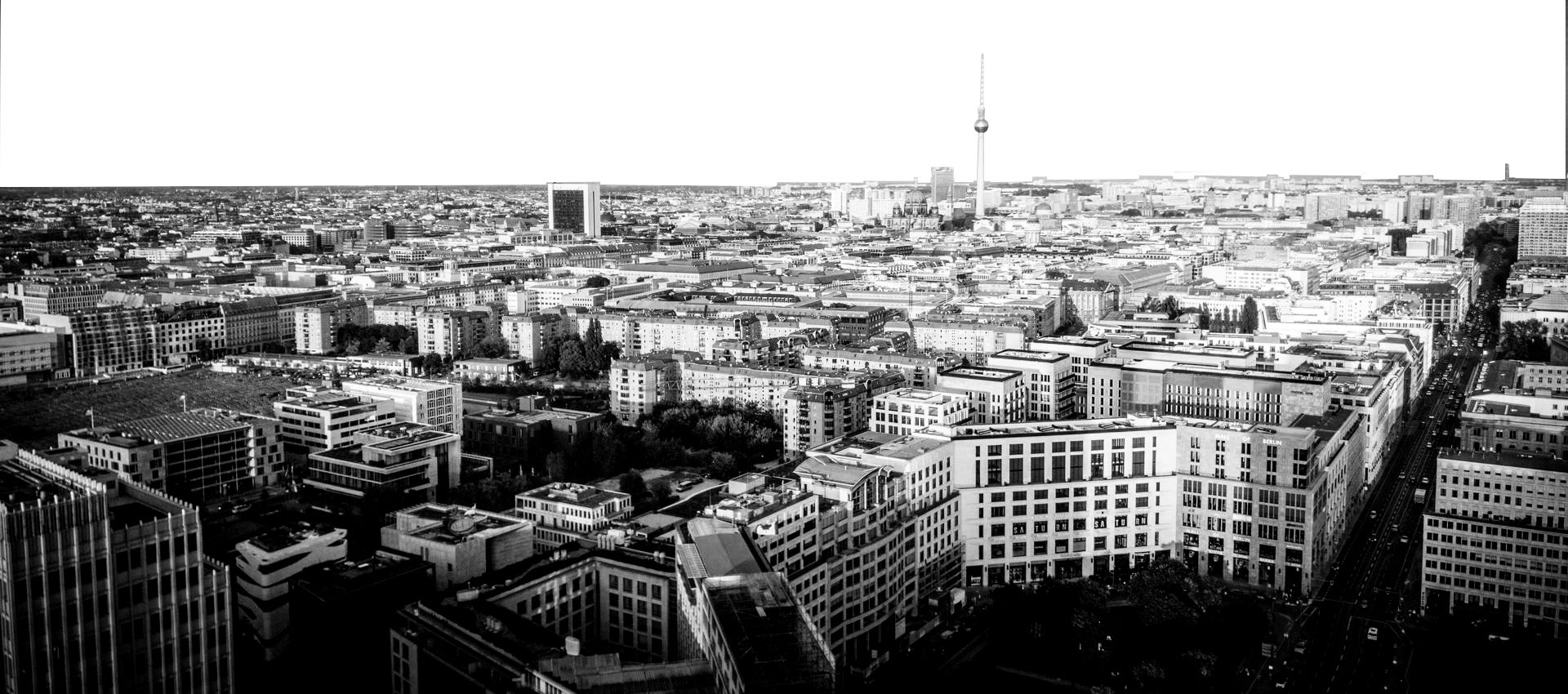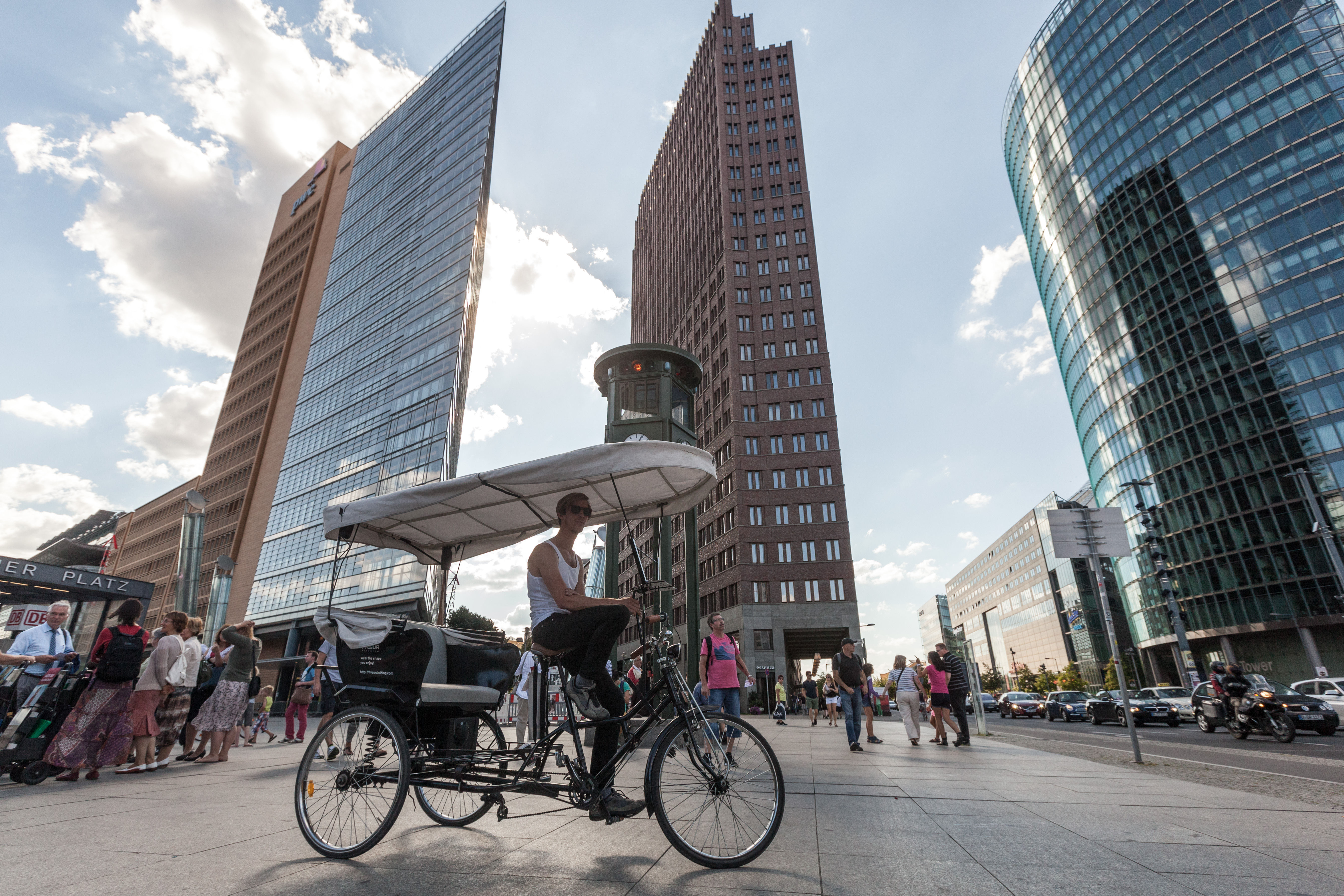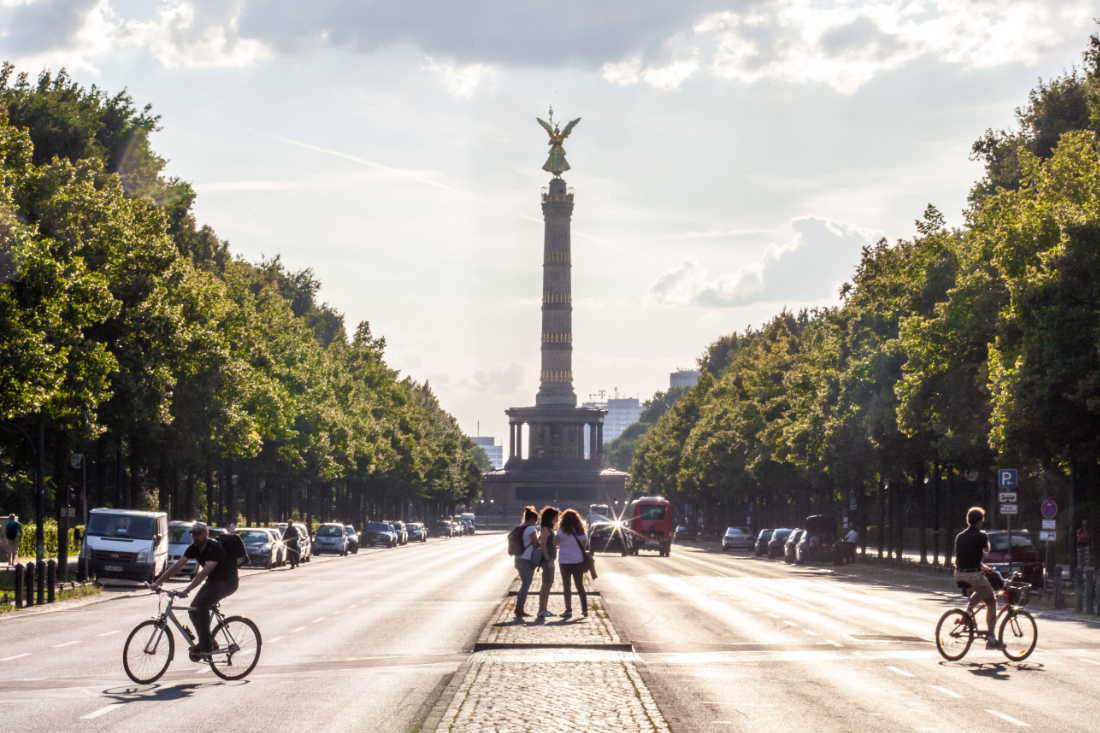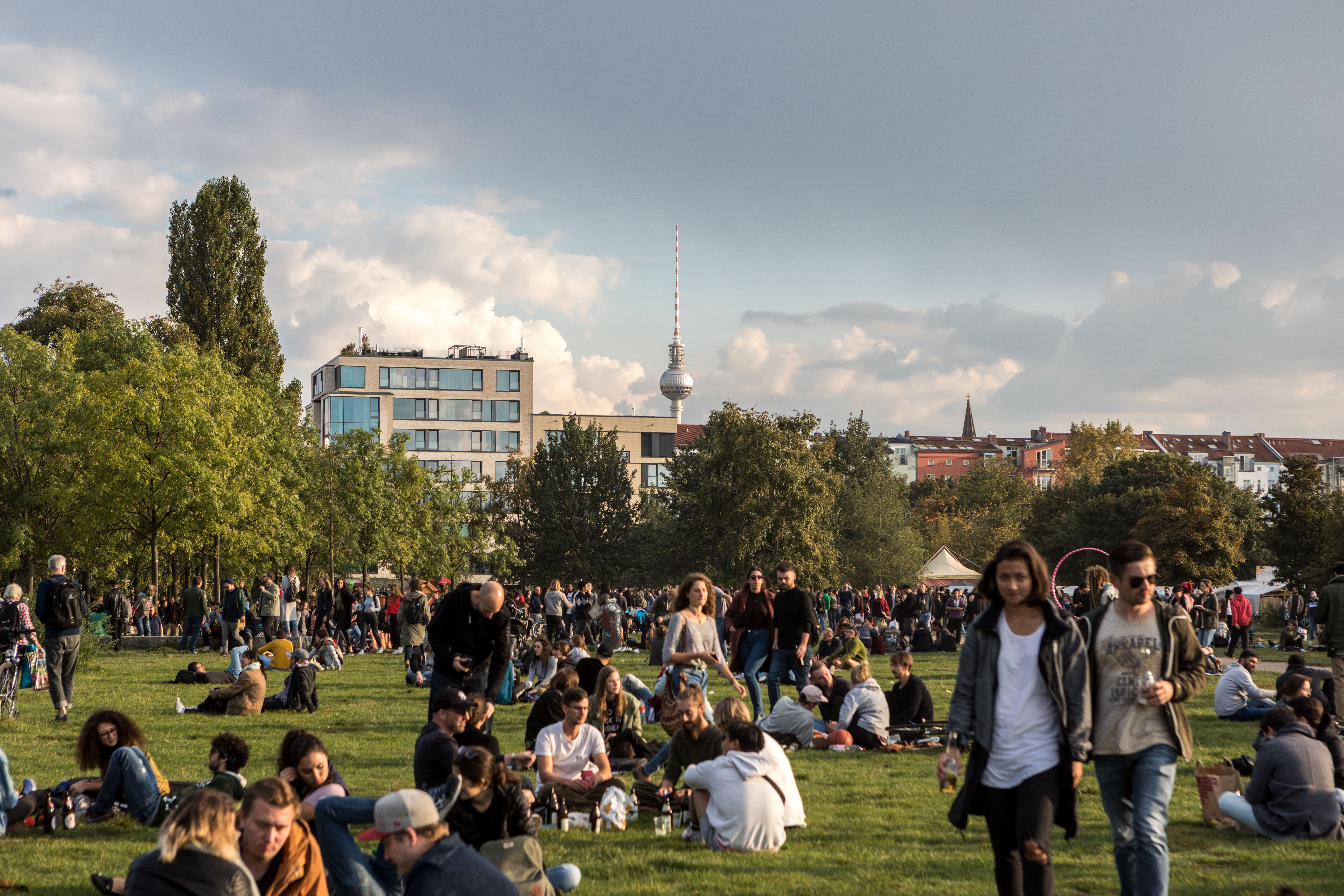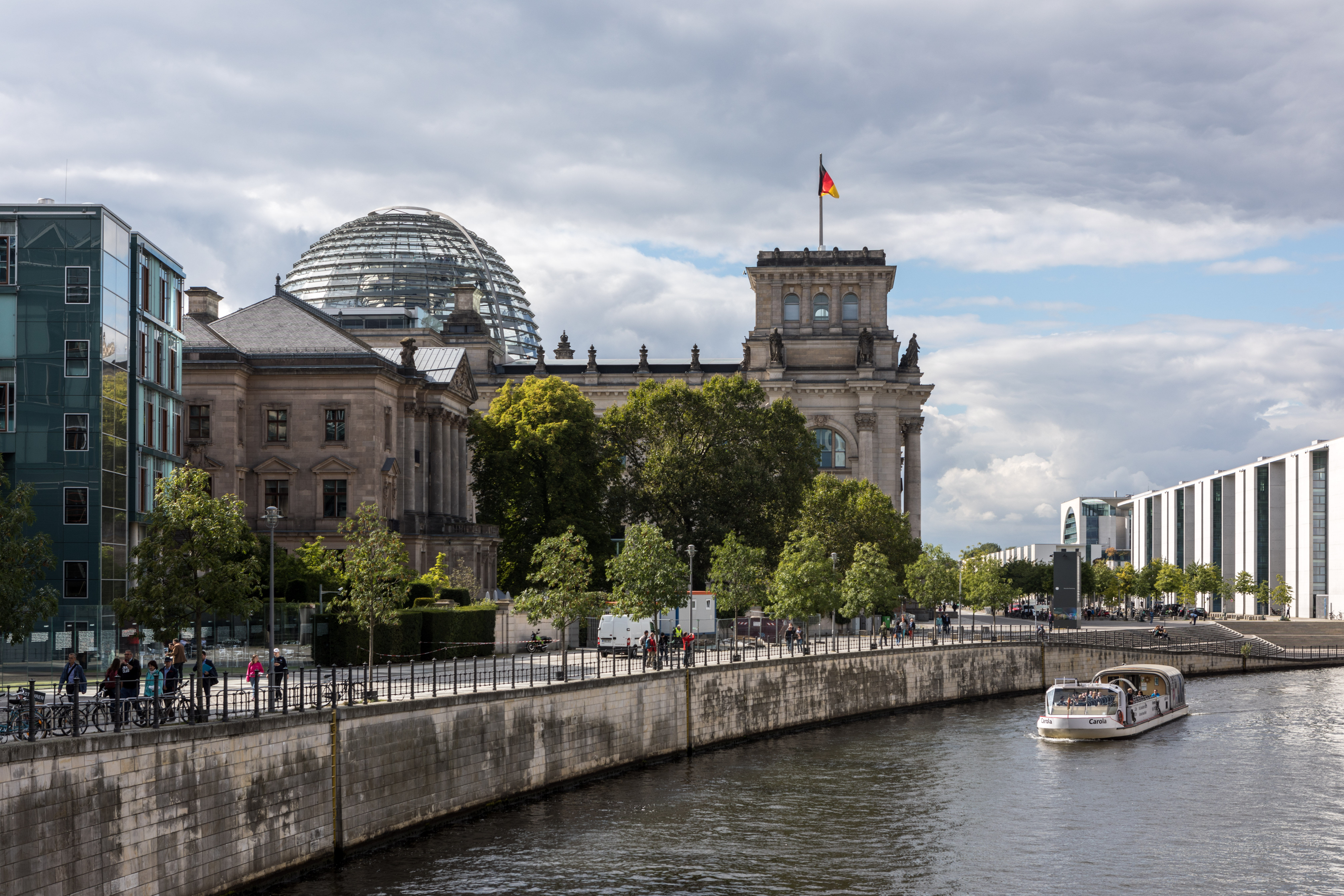Berlin, a city on the Spree River, has developed into a lively and steadily growing major city since the fall of the Berlin Wall in 1989. The Berlin Wall was almost entirely taken down and old centres, such as the districts Mitte, Friedrichshain, Potsdamer Platz and Prenzlauer Berg, experienced a rebirth. Today, Berlin presents itself as young, modern and multi-faceted, in harmony with its own strongly influential history.
The city has many different centers. One special center is Potsdamer Platz, which is a symbol of the ongoing construction boom in the German capital. Potsdamer Platz also embodies Berlin's eventful past. In the 1920s, it was considered one of the busiest and most lively squares in Europe. After the Second World War and the division of the city into the four occupation zones, it left bombed and empty. This border area between the Soviet and US-American occupation zones became known as the "death strip". It was remained in this state for 28 years, until it was rebuilt after the fall of the Wall.
